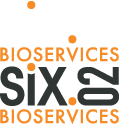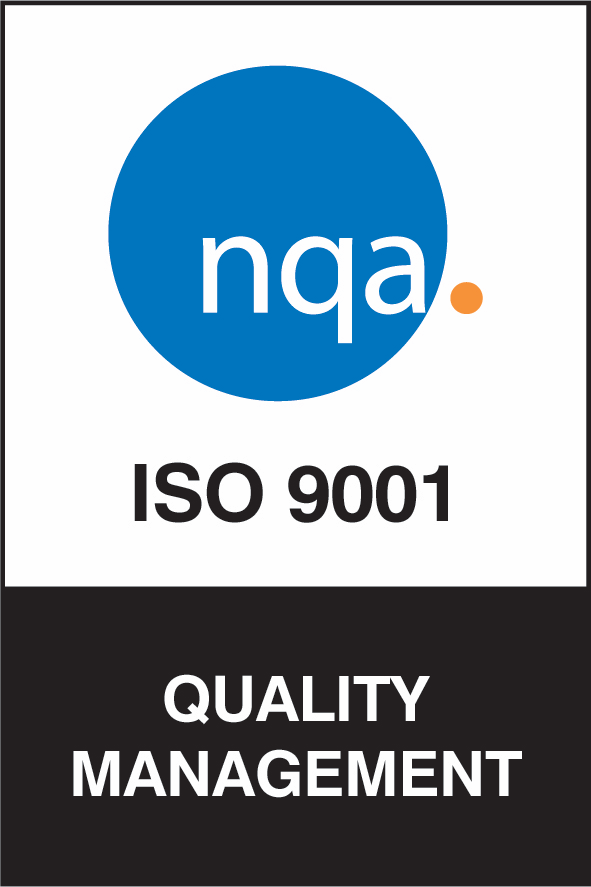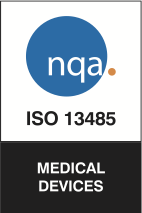- ServicesServicesEvery Kemp service is customized to meet the client’s specific needs and project specifications.Protein Expression ServicesAntibody ServicesProcess Development Services
- Work With UsWork With UsAll-encompassing client satisfaction is the Kemp team's top priority.FormsProject ApproachTimelines & DeliverablesQuality AssurancePolicies & Practices
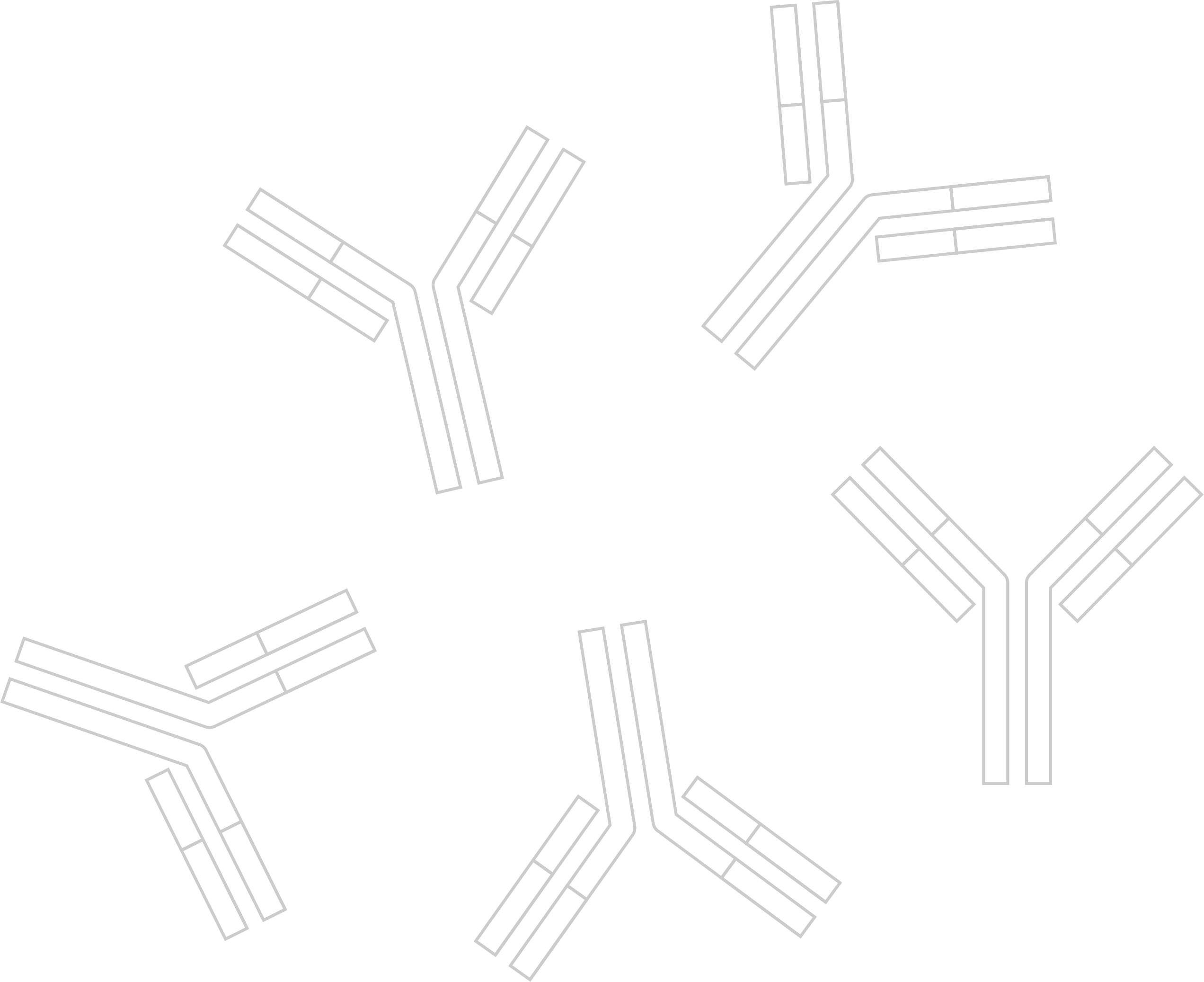
- ScienceScienceWe are a quality-focused company committed to continually improving our systems and technologies.Our TechnologiesScientific Presentations
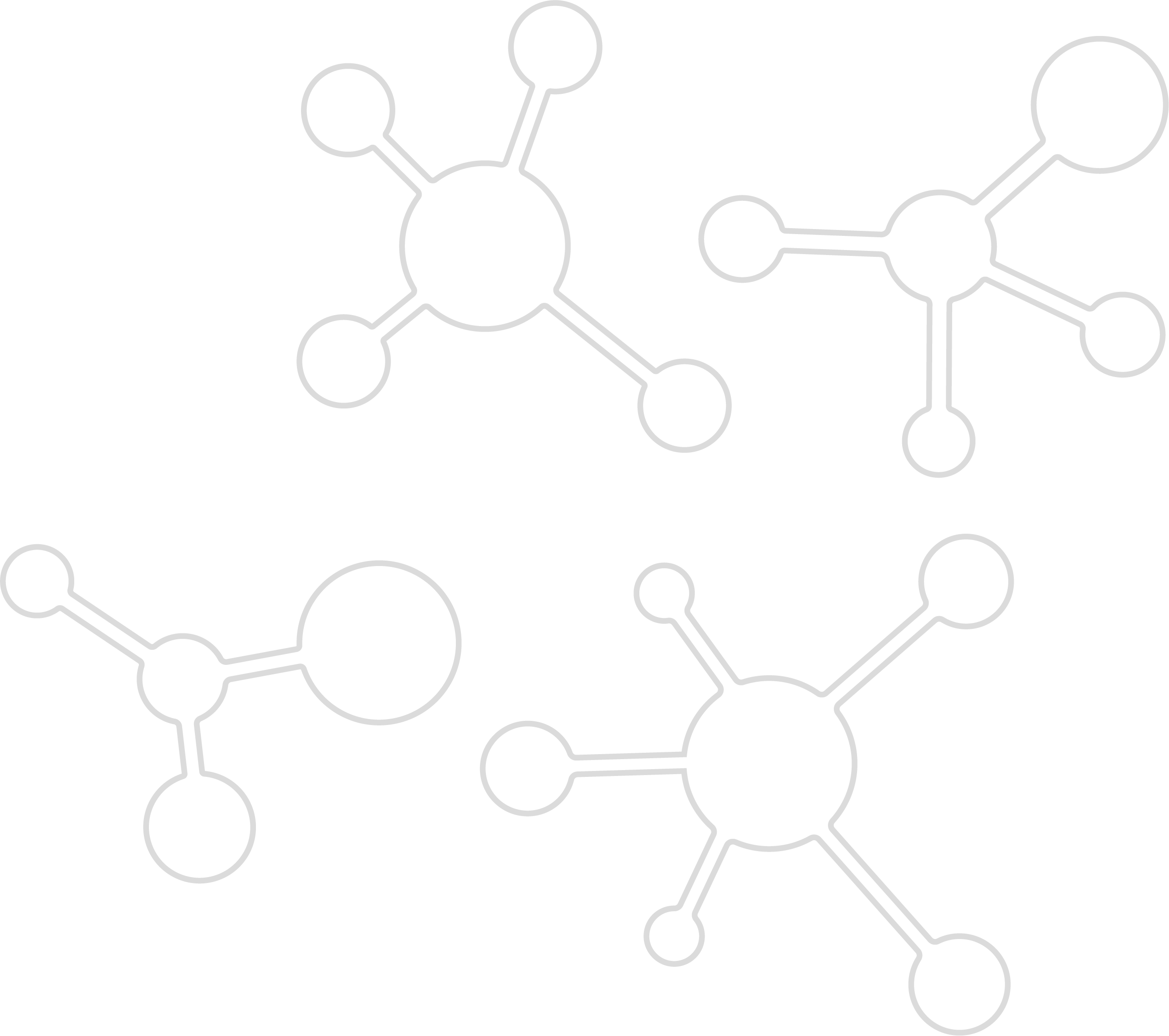
- AboutAboutKemp Proteins specializes in providing innovative solutions to protein expression problems.

- REQUEST A QUOTE
Purification
DSP – Purification
The Kemp Proteins purification team is guided by years of experience with thousands of proteins from a variety of different classes. We have experience in separating soluble or insoluble proteins and protein structures, with or without tags from mammalian, insect, or bacterial cells.
Our design and expression team provides unique expertise that enable us to engineer proteins through our custom gene-to-protein services. With this flexibility, our Kemp purification team is knowledgeable and equipped with a wide array of purification techniques.
Our purification equipment range includes the Bio-Rad NGCTM systems and AKTA Pilot to more esoteric systems that enable us to provide purification solutions for a variety of challenges. The purification team has also integrated High Throughput micro-purification using our Hamilton Star liquid handler for small scale purification
Working with our customers, Kemp designs a process to suit purity and quantity needs. Whether the concern is endotoxin for animal studies, purity for structural analysis, or overall quality for direct-to-consumer reagents, Kemp has the experience to deliver.
Purification Platforms
Ion exchange chromatography (IEX) where the separation is based on the reversible interaction between a charged protein and an oppositely charged chromatography resin, thus proteins are separated based on differences in surface charge. This method provides high-resolution separation and can be used at high flow rates, because binding kinetics for IEX are fast, and rigid chromatography particles can be used.
Affinity chromatography (AC) where proteins are separated on the basis of a reversible interaction between the target protein and a specific ligand attached to a chromatography base matrix. The interaction between protein and ligand can be nonbiospecific, where a protein binds a dye substance or histidine-containing proteins binding metal ions as in immobilized metal ion affinity chromatography (IMAC) or biospecific, where antibodies bind protein A or a receptor binding a hormone.
Multimodal chromatography, uses medium (resin) where more than one type of interaction between ligand and sample components is possible and is used where under certain purification challenges the required level of purity of then protein is not reached. Multimodal media can be uniquely designed for specific use and as such offers an alternative to traditional media, providing new selectivities for specific targets.
Hydrophobic interaction chromatography (HIC) is used to separate proteins according to differences in surface hydrophobicity and is based on the reversible interaction between the proteins and the hydrophobic surface of a HIC resin.
Size exclusion chromatography (SEC), separates molecules by differences in size as they pass through a SEC resin packed in a column. SEC is the simplest and mildest of all chromatography techniques. SEC. In SEC molecules do not bind to a chromatography resin, but instead pass through it based upon size, which means that buffer composition does not directly affect resolution. Consequently, a significant advantage of SEC is that conditions can be varied to suit the type of sample or the requirements for further purification, analysis, or storage without altering the separation.
Specialty Purification
Kemp Proteins has incorporated the use of IMCStips® with our Hamilton Microlab STAR to provide clients with a flexible, high-throughput, microvolume solution to deliver microquantities of purified proteins. We can supply up to 100µg of purified protein from several hundred transient expressions to enable our client to compare prior to selecting the protein(s) to move forward into further studies. Using our high-quality automation to produce small volumes of proteins that provide consistent results with high accuracy, precision, and repeatability to screen your candidate proteins increases overall efficiency of your development program.



